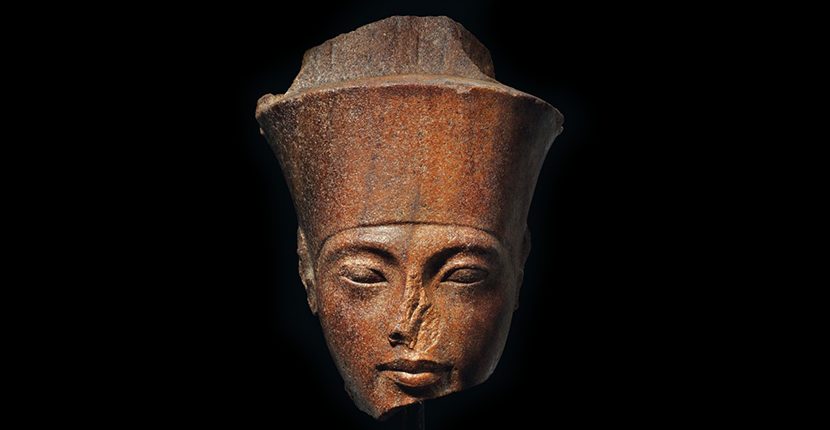King Tut is in the news again. Egyptian government officials say they will file a civil suit over the recent $6 million sale of a Tutankhamun bust that took place in spite of the country’s protests that the artifact was stolen from Egypt in the 1970s. It is a 3,000-year-old brown quartzite head depicting Pharoah Tutankhamen as the god Amun, the most important deity of the New Kingdom.
Egypt’s ambassador to the UK, Tarek Adel, had asked Christie’s in London to delay the auction, saying that further investigation was needed “regarding the legality of trading in these items, the authenticity of their documents, and evidence of its legal exportation from Egypt.”
But Christie’s went ahead with the sale regardless, saying that all necessary checks were made over the bust’s provenance, and that its sale was legal and valid. “It stated that Germany’s Prince Wilhelm von Thurn und Taxis reputedly had it in his collection by the 1960s, and that it was acquired by an Austrian dealer in 1973-4,” according to the BBC.
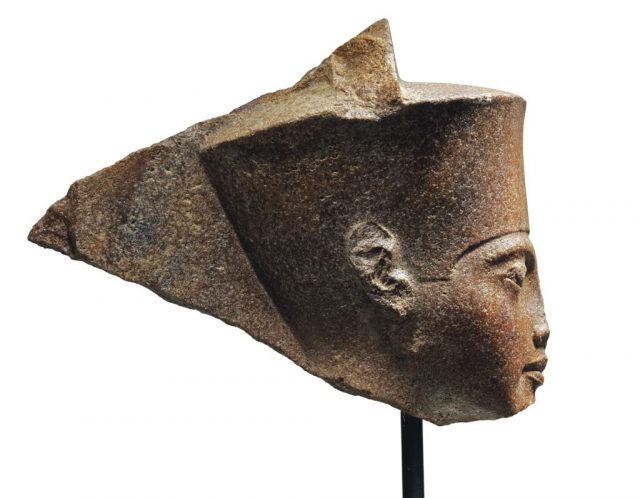
Egyptian officials strongly disagree, calling on Interpol to investigate the provenance of the bust, claiming it was stolen from an archaeological site in Luxor.
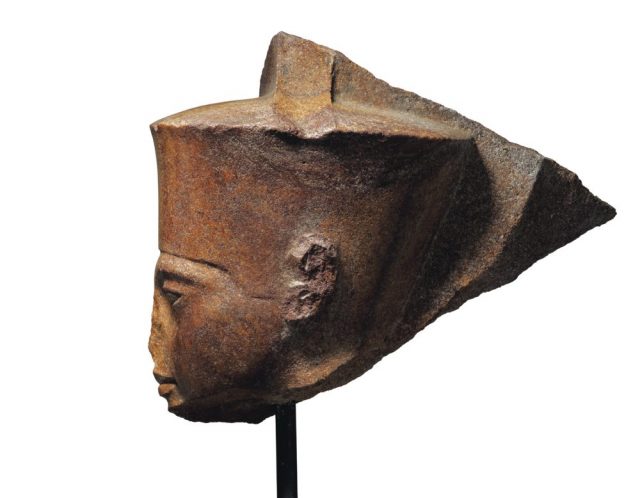
Tutankhamun became king at age 9 in 1333 BCE and ruled Egypt through 1323 BCE. Christie’s said the bust’s distinctive crown, which would have been surmounted by tall double feathers, is part of the god’s iconography. “The facial features – the full mouth with slightly drooping lower lips, and almond-shaped, slanted eyes, with a deep depression between the eyes and eyebrows – are those of Tutankhamen,” says the auction house. “Similar representations of the God Amen, also with facial features of the young king, were carved for the temple of Karnak in Upper Egypt, as part of the royal restoration program.”
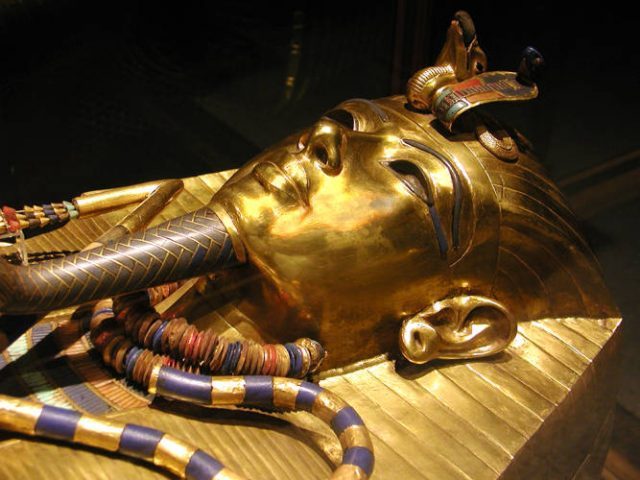
Christie’s statement continued: “The young pharaoh comes to life thanks to the particularly naturalistic depiction of the face inherited from the Amarna Period, which appeared during the reign of his father Akhenaton. This piece exudes strength and serenity, a testament to the craftmanship of Amarna sculptors.”
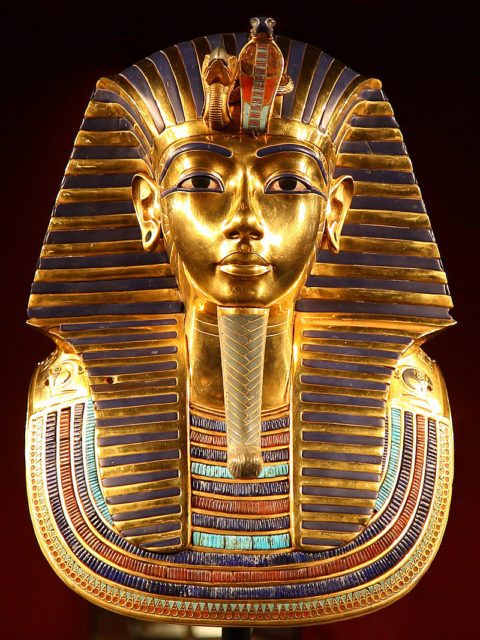
In July 2019, shortly before the sale, a group of 20 activists protested outside Christie’s auction house in London. “Save Tutankhamen Head. Egyptian History is Not for Sale,” they cried. Egyptian authorities are insistent about repatriating the statue. “We will leave no stone unturned until we repatriate the Tutankhamun bust and the other 32 pieces sold by Christie’s,” Egypt’s Antiquities Minister Khaled al-Enany told the BBC. “This is human heritage that should be on public display in its country of origin.”
Under Egyptian law, any artifacts excavated after 1983 belong to the state, as does anything discovered before then that lacks legitimate title.
Related Video:
“The circumstances of the head’s discovery are unknown, but the current owner, the Resandro Collection, a private German collection of Egyptian art, acquired it from Munich art dealer Heinz Herzer in 1985,” said Artnet. Before that, it was in the hands of an Austrian dealer Joseph Messina, who is said to have bought it around 1973–74 from Prinz Wilhelm von Thurn und Taxis.
Both the buyer and seller of the King Tut statue are anonymous. “The buyer chose to remain anonymous on this occasion,” a spokesperson for Christie’s told Live Science. However, Live Science had investigated the history of the bust, saying that Wilhelm’s son and niece denied that he ever owned it; documents uncovered by Live Science also suggested Wilhelm never owned the statue.
Related Article: Tomb of King Tut Finally Reopened after a Decade Spent Repairing Tourist Damage
Following the sale, Egyptian National Committee for Antiquities Repatriation has expressed its “deep discontent of the unprofessional way in which the Egyptian artifacts were sold without the provision of the ownership documents and proof that that the artifacts left Egypt in a legitimate manner.”
Nancy Bilyeau, a former staff editor at Entertainment Weekly, Rolling Stone, and InStyle, has written a trilogy of historical thrillers for Touchstone Books. Her new book, The Blue, is a spy story set in the 18th-century porcelain world. For more information, go to www.nancybilyeau.com
